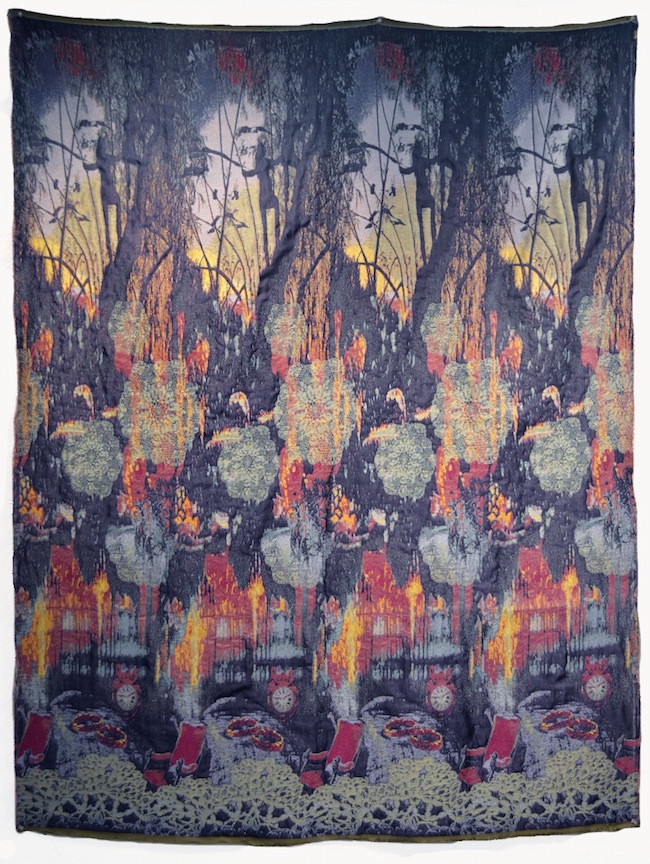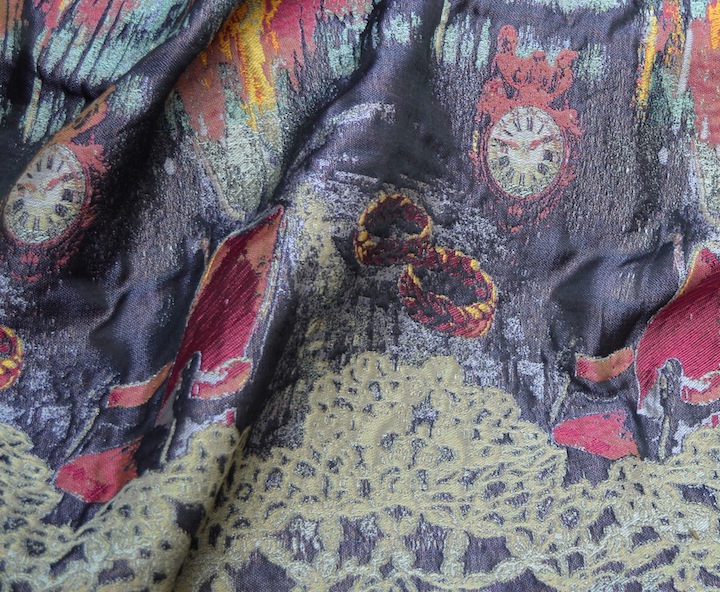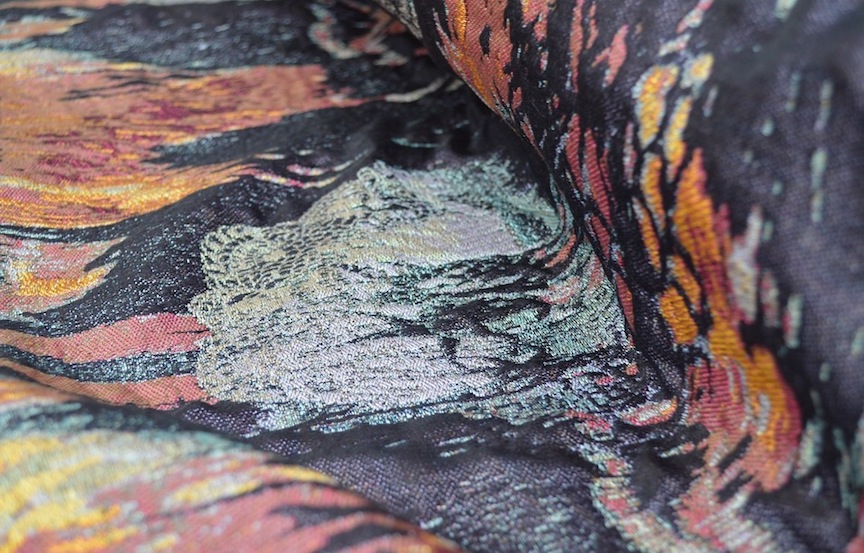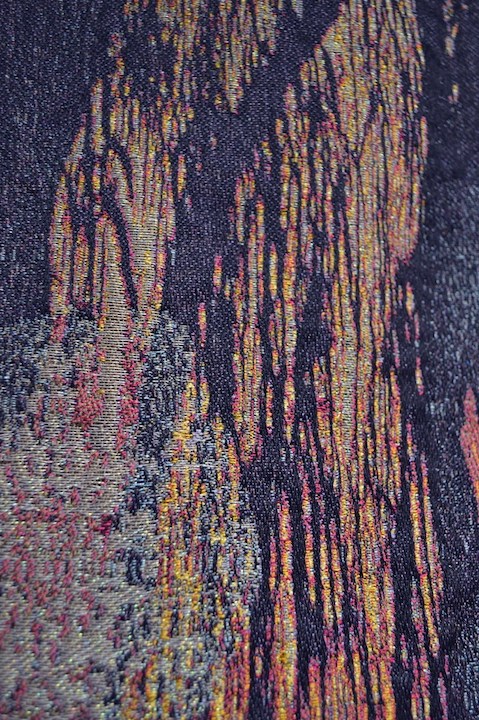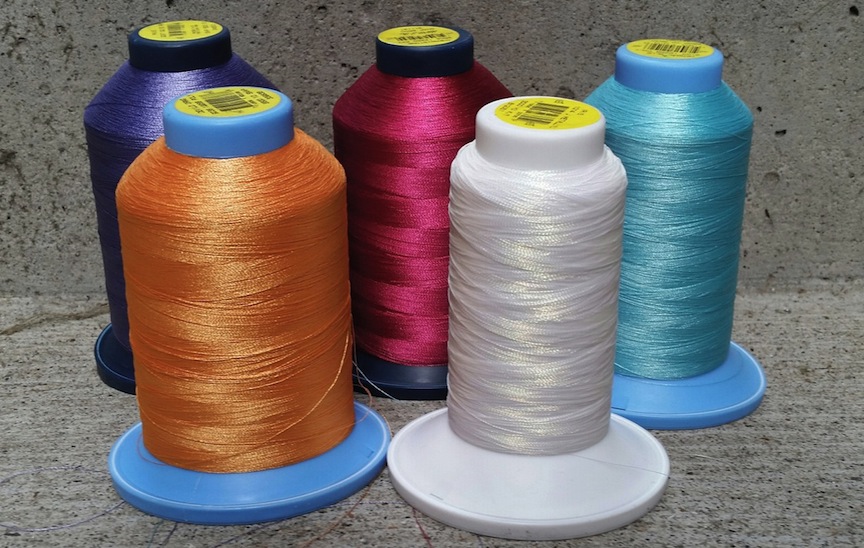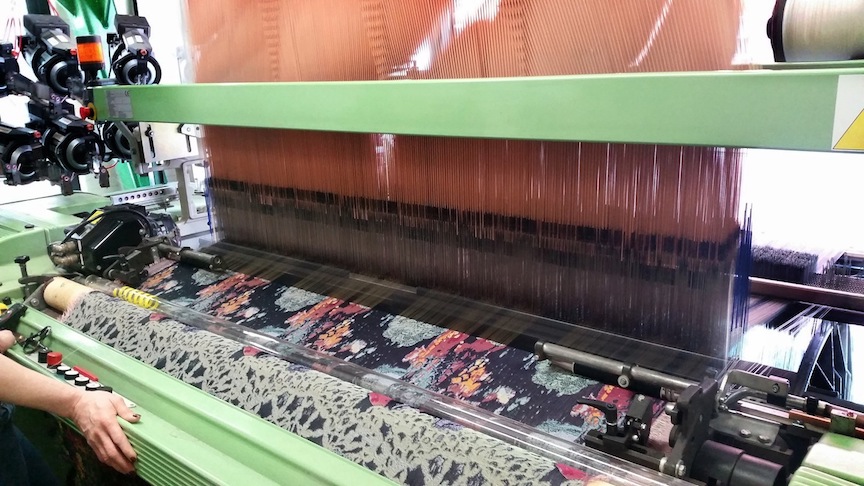coverture jacquard
Marriage changed women’s legal status dramatically. When women married, they found themselves in positions of almost total dependency on their husbands which the law called coverture.
-Marylynn Salmon, author of Women and the Law of Property in Early America (1989) and The Limits of Independence: American Women, 1760–1800 (1998).
A married woman could not own anything. Property, all of which, even if it came with her at marriage, belonged completely and totally to her husband. She did not own the clothing she wore. Any children she gave birth to belonged to her husband and were his to do with as he liked. If she were divorced the children were still the property of the husband. It was not just the “fruits of her body” which belonged to her husband, but the body, itself. The legal line was drawn at the point of death. A man was entitled to beat his wife as he saw fit, providing he did not actually kill her. Consent by the wife to sexual intercourse was a given. By definition she could not be raped.
Doilies were originally crocheted with thread and used to protect table and dresser tops, and gained popularity in the Victorian Era, when women hand worked them in their spare time to add a little elegance to their households. At one time, these items were considered so important that a young lady was expected to have at least 10 to be ready for marriage, and these were carefully stored in a hope chest to be used when she set up her household
– Cerys Gruffyydd, Mrs. Name Of Man, Maiden Names and Coverture
